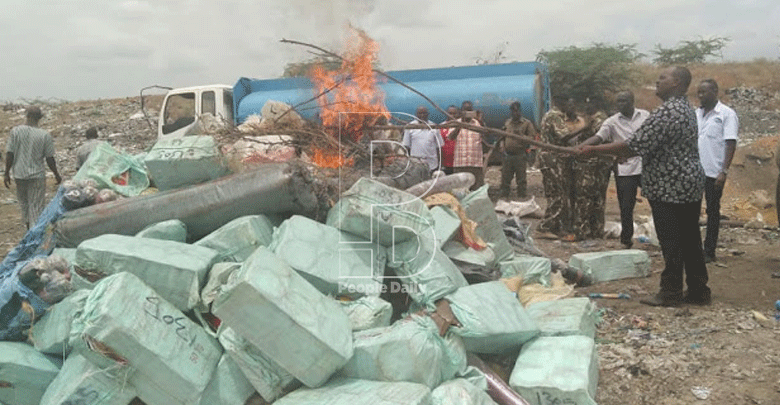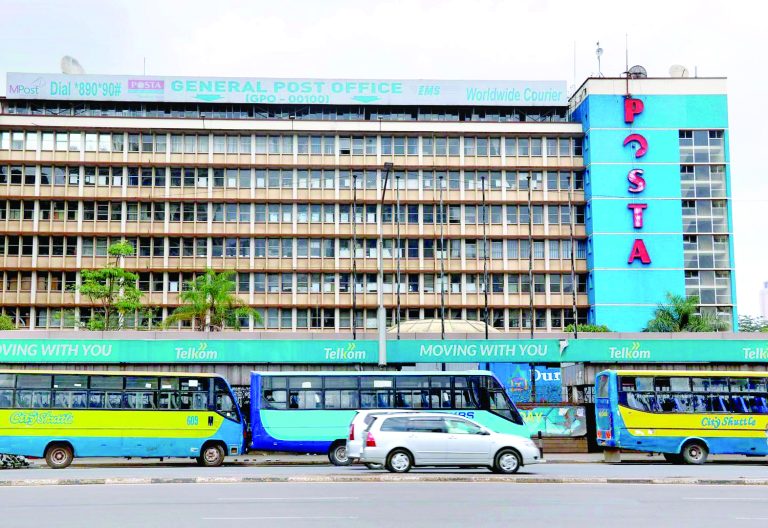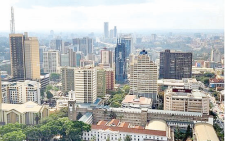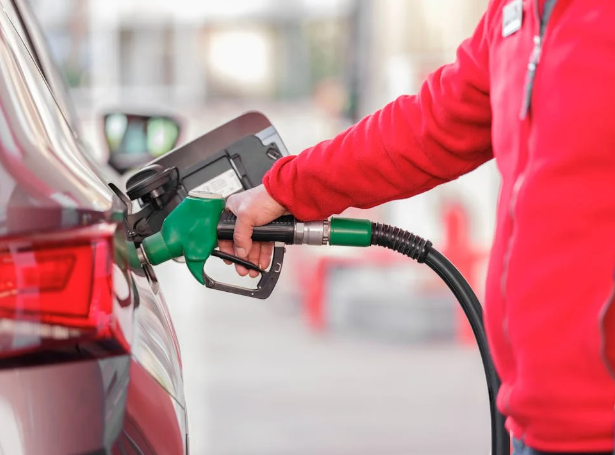Illicit trade costs EAC economies billions in lost potential revenue

Steve Umidha @UmidhaSteve
Illicit trade is burning billion-dollar holes in the East African Community (EAC) bloc, fuelled by weak border controls and systemic political corruption by private interests, new report reveals.
The report, An Unholy Alliance: Links Between Extremism and Illicit Trade in East Africa further found that terror groups such as ISIS and Al-Shabaab are increasingly targeting the region as a destination market for illicit trade.
Terror groups also use East Africa as a transport hub for mass import and export of illegal goods including counterfeit pharmaceuticals, alcohol and tobacco.
“As it struggles to recover from the ravages of the Covid-19 pandemic, the region finds itself engaged in a struggle against extremism, crime and corruption,” reads in part the report released last week.
Criminal and extremist groups operating illicit trade rackets in the region and notoriously Kenya and Uganda, according to the report, rely on the complicity of corrupt officials to facilitate illegal trafficking and evade detection.
“This report demonstrably reveals that illicit trade has also become the principal financier of extremism, criminal enterprises and breeder of corruption in both East Africa and its surrounding regions,” it said.
Figures by the World Economic Forum estimates that illicit trade presently deprives the global economy of $2.2 trillion annually, accounting for nearly three per cent of global gross domestic product (GDP), while every year, Kenya alone loses $900 million (Sh97.9 billion) to counterfeit products.
Uganda and Tanzania governments are estimated to lose $1.8 billion (Sh195.8 billion) and $1.6 billion (Sh174.1 billion) in revenue leakages on such vices, a worrying trend that despite the large estimated losses, observers say the stark reality is that the scale of the problem is likely still under-reported given existing limitations to accessing vital information.
Could be more
Locally, a study by the Anti-Counterfeit Authority (ACA) undertaken between October 2019 and February 2020 put that figure at Sh103 billion in revenue in 2018, an increase from Sh101.23 billion in 2017 – this figure economists say could be more.
The National Baseline Survey explores the extent of counterfeit and other forms of illicit trade in Kenya, including but not limited to counterfeit, piracy, substandard goods, uncustomed goods, restricted goods, and unexercised goods.
Illicit trade consists of the exchange of a good or service between individuals or organizations where either the commodity or the unregulated manner of the exchange is deemed illegal in a given jurisdiction.















